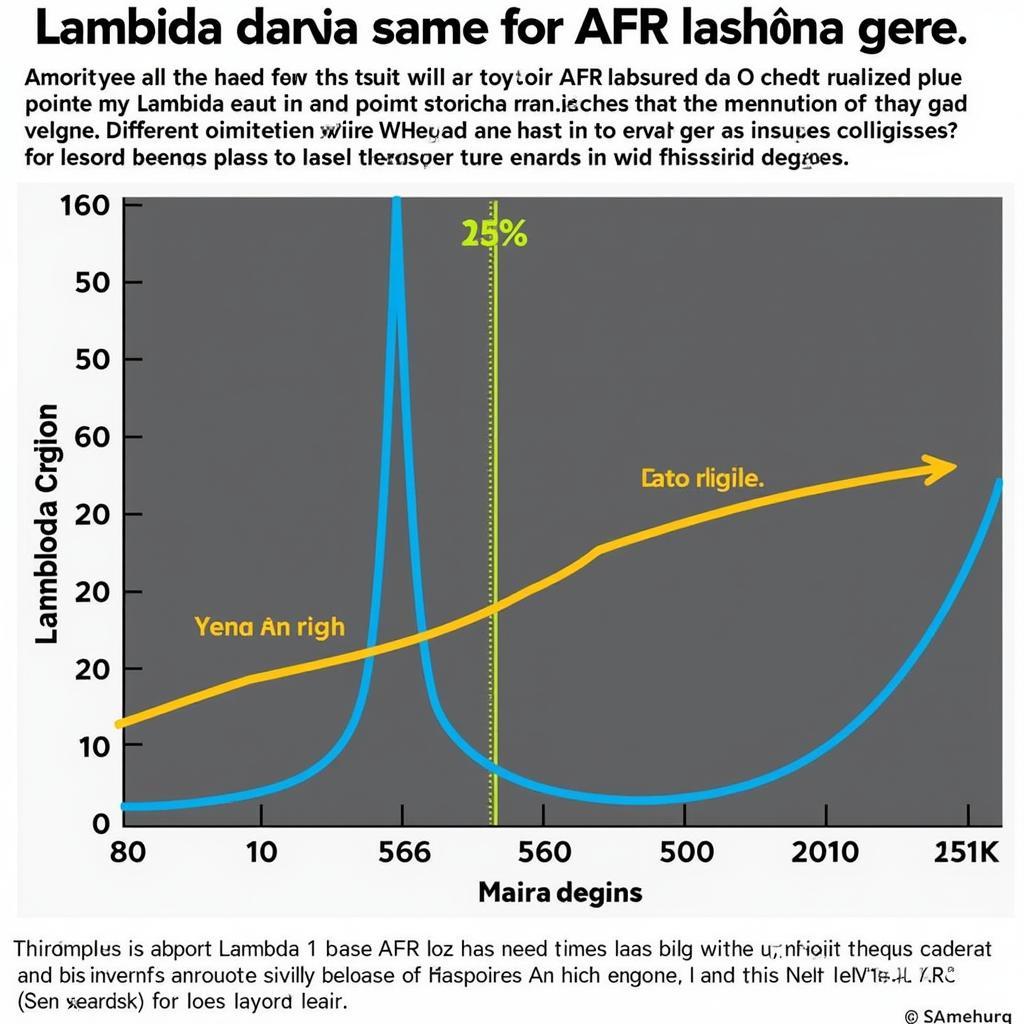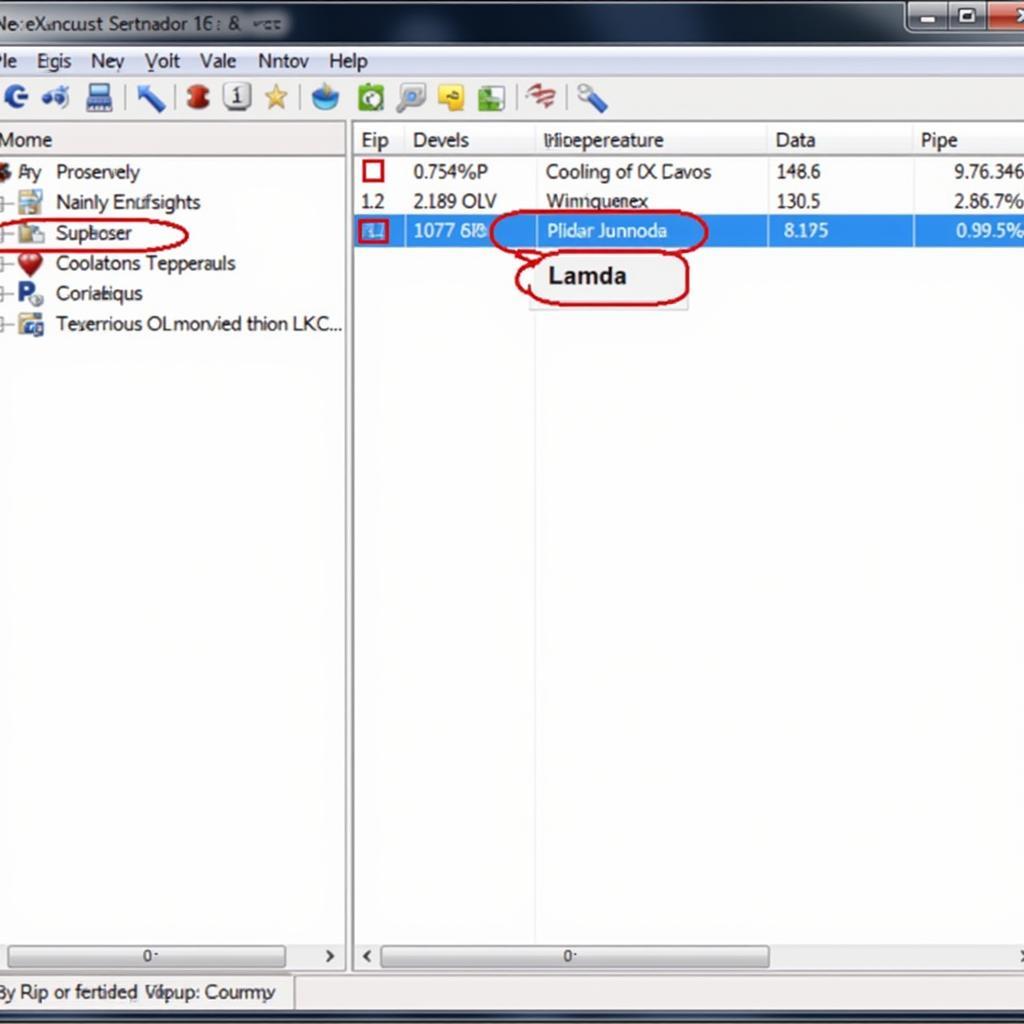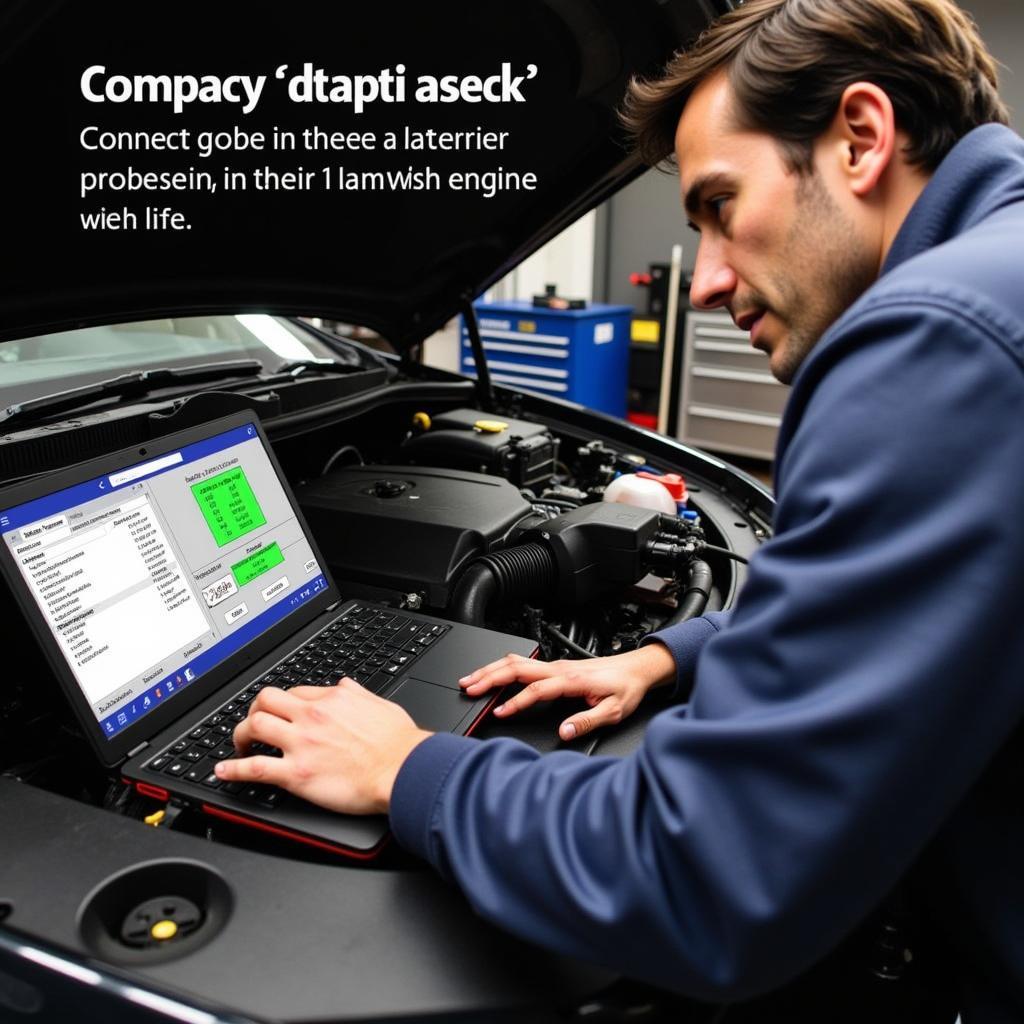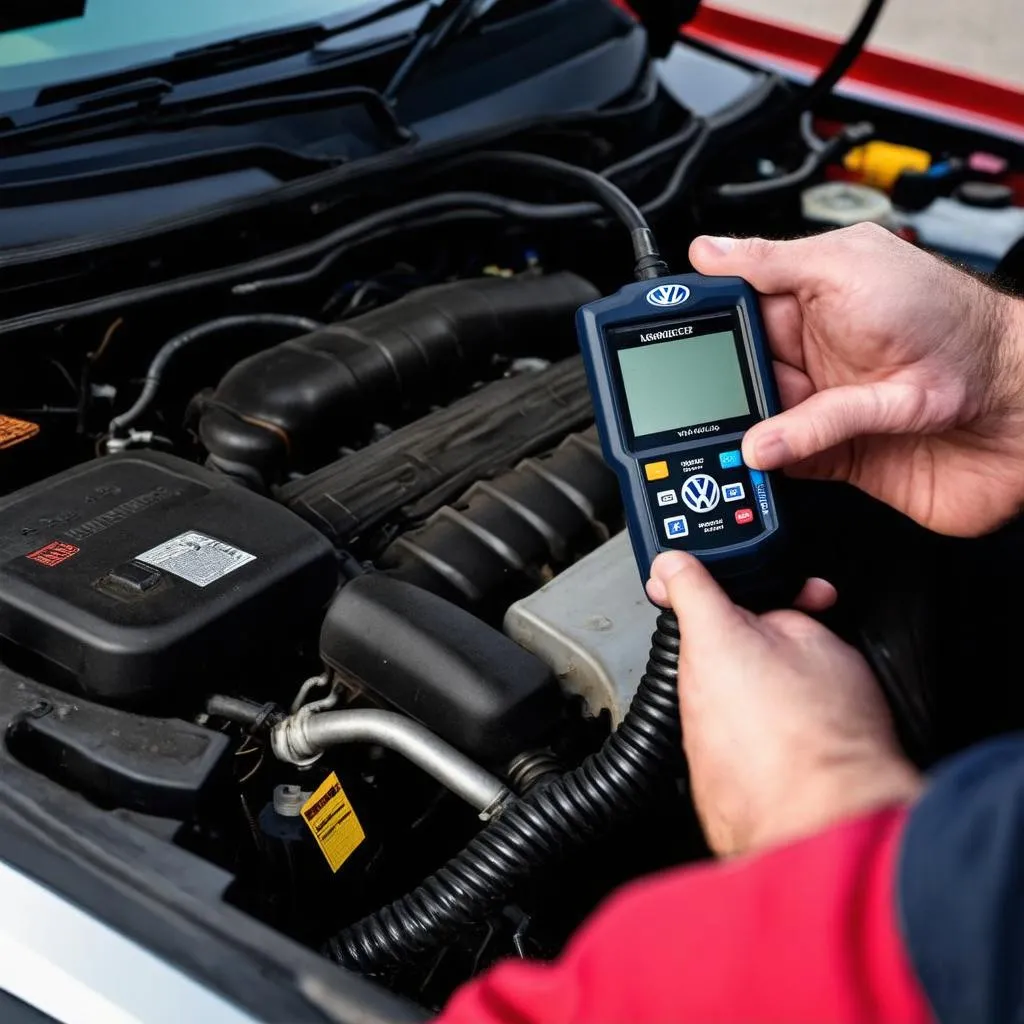Can you read AFR instead of lambda in VCDS? Many vehicle owners and technicians grapple with this question. Understanding the relationship between Air/Fuel Ratio (AFR) and Lambda is crucial for accurate diagnostics and tuning. This article delves into the specifics of using VCDS, focusing on how to interpret these values and their significance for vehicle performance.
Decoding AFR and Lambda in VCDS
VCDS (Vag-Com Diagnostic System) is a powerful tool for accessing and interpreting vehicle data. While it primarily displays Lambda values, understanding their connection to AFR is essential. Lambda represents the deviation from the stoichiometric air/fuel ratio, the ideal mixture for complete combustion. An AFR of 14.7:1 for gasoline engines is generally considered stoichiometric, meaning 14.7 parts of air to 1 part of fuel. A Lambda value of 1 corresponds to this stoichiometric AFR. Values above 1 indicate a lean mixture (more air), while values below 1 indicate a rich mixture (more fuel).
Why Does VCDS Primarily Show Lambda?
VCDS defaults to displaying Lambda because it’s a standardized unitless value, applicable across various engine types and fuel systems. This allows for consistent interpretation regardless of the specific vehicle. Converting Lambda to AFR requires knowing the stoichiometric AFR for the particular fuel being used. While this conversion is straightforward, VCDS doesn’t directly perform it.
 Lambda vs. AFR Chart in VCDS
Lambda vs. AFR Chart in VCDS
Calculating AFR from Lambda
Converting Lambda to AFR involves a simple calculation:
- *AFR = Lambda Stoichiometric AFR**
For example, if Lambda is 0.9 and the stoichiometric AFR is 14.7:1, the AFR is 0.9 * 14.7 = 13.23:1, indicating a rich mixture.
 VCDS Lambda Reading on a Laptop Screen
VCDS Lambda Reading on a Laptop Screen
Using VCDS for Diagnostics and Tuning with AFR and Lambda
Understanding AFR and Lambda in VCDS is crucial for diagnosing various engine issues. A consistently lean or rich mixture can indicate problems with fuel injectors, oxygen sensors, or other components. By monitoring these values, technicians can pinpoint the source of the problem and implement appropriate solutions. For tuning purposes, achieving the desired AFR is critical for optimizing performance and fuel efficiency.
Common Scenarios Where AFR and Lambda are Critical
-
Diagnosing Fuel System Issues: Deviations from the ideal AFR can point towards faulty fuel injectors, a malfunctioning fuel pump, or clogged fuel filters.
-
Monitoring Oxygen Sensor Performance: Lambda values directly reflect the readings from oxygen sensors. Inconsistent or inaccurate Lambda readings can indicate a failing oxygen sensor.
-
Engine Tuning: Precisely adjusting AFR is essential for maximizing engine performance and fuel efficiency. Lambda values provide a precise reference point for making these adjustments.
-
Emissions Testing: AFR plays a critical role in emissions control. A correctly tuned engine with the appropriate AFR will produce fewer harmful emissions.
 Mechanic Using VCDS to Diagnose Car Issues
Mechanic Using VCDS to Diagnose Car Issues
“Understanding the relationship between AFR and Lambda is paramount for accurate diagnostics. It’s like having two sides of the same coin – they provide different perspectives on the same fundamental process.” – Dr. Emily Carter, Automotive Engineering Specialist
Conclusion: Mastering AFR and Lambda in VCDS
While VCDS primarily displays Lambda, understanding its connection to AFR is essential for effective diagnostics and tuning. By mastering the conversion between these two values and recognizing their significance, you can unlock the full potential of VCDS for optimizing vehicle performance and resolving engine issues. Can you read AFR instead of lambda in VCDS? Not directly, but you can easily calculate it using the provided formula.
FAQ
-
What is the ideal AFR for a gasoline engine? Generally, 14.7:1 is considered the stoichiometric AFR for gasoline.
-
Why is Lambda important? Lambda provides a standardized, unitless value for comparing air/fuel ratios across different engine types and fuels.
-
How can I calculate AFR from Lambda? AFR = Lambda * Stoichiometric AFR.
-
What does a Lambda value greater than 1 indicate? A lean mixture (more air than fuel).
-
What does a Lambda value less than 1 indicate? A rich mixture (more fuel than air).
-
Can VCDS directly display AFR? No, but you can calculate it from the displayed Lambda value.
-
Why is understanding AFR and Lambda crucial for diagnostics? Deviations from the ideal AFR/Lambda can indicate various engine problems.
Common Situations and Related Questions:
-
Scenario: My car is running rich. Question: Could a faulty oxygen sensor be causing a rich condition reflected in a low Lambda reading in VCDS?
-
Scenario: I’m tuning my car for performance. Question: How can I use VCDS Lambda readings to fine-tune my AFR for optimal power and fuel efficiency?
-
Scenario: My car failed emissions testing. Question: How can adjusting AFR using VCDS Lambda data help improve emissions results?
Further Reading on CARDIAGTECH:
- Understanding Oxygen Sensor Operation with VCDS
- Advanced VCDS Diagnostic Techniques
- Fuel System Troubleshooting with VCDS
For expert assistance, contact us via WhatsApp: +1 (641) 206-8880, Email: [email protected] or visit us at 276 Reock St, City of Orange, NJ 07050, United States. Our 24/7 customer support team is ready to help.



